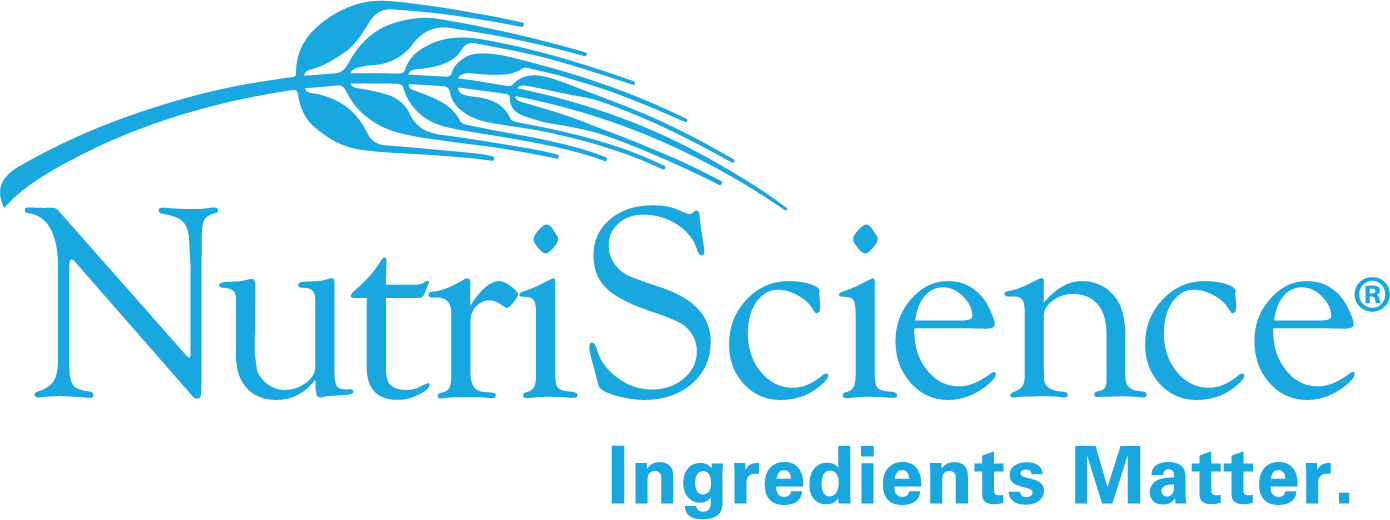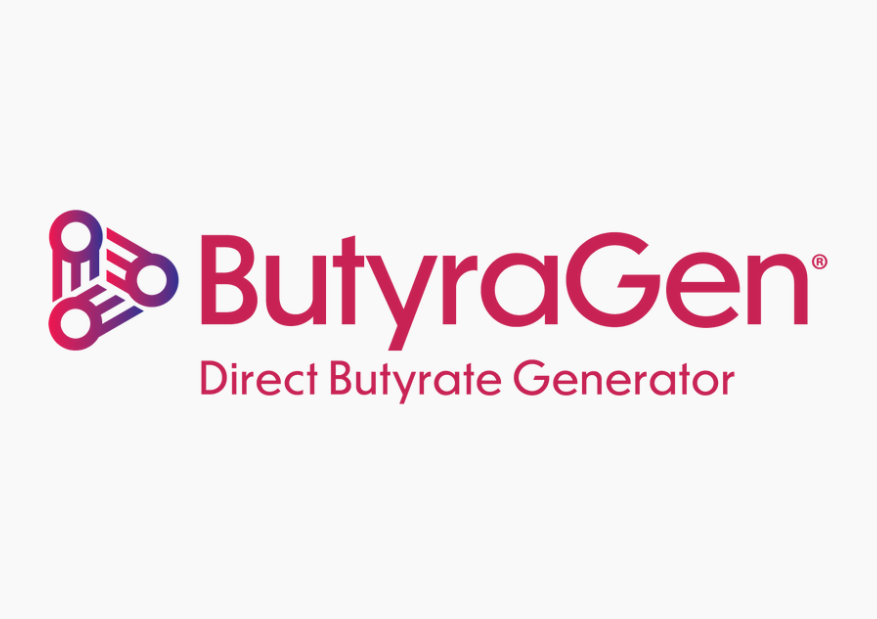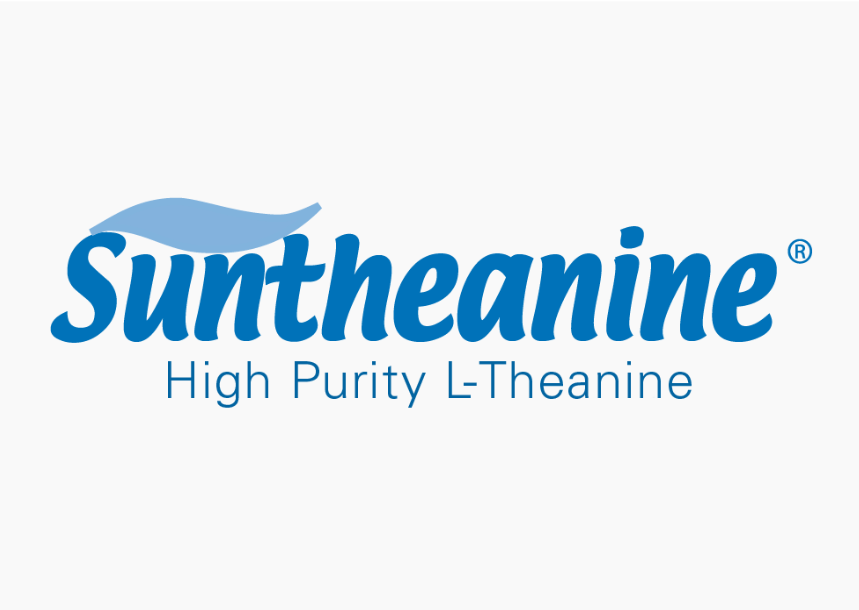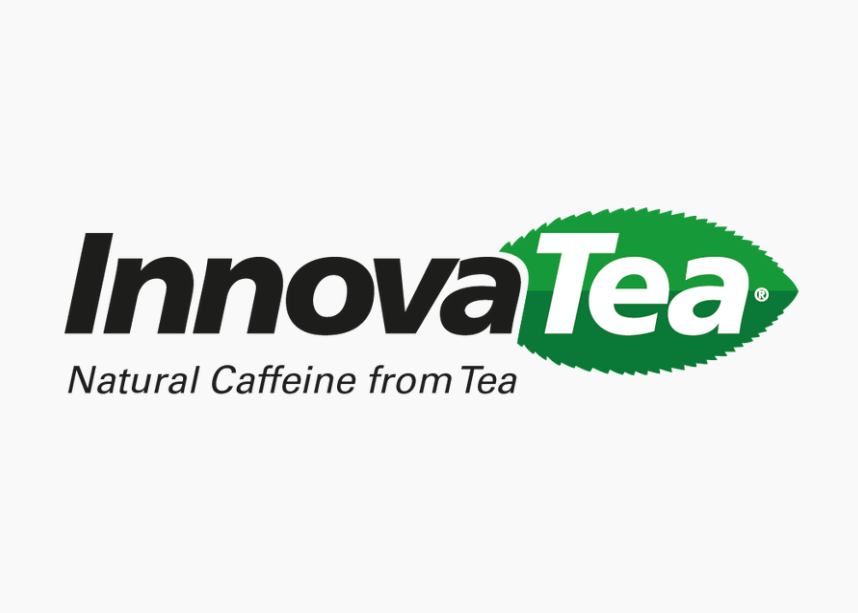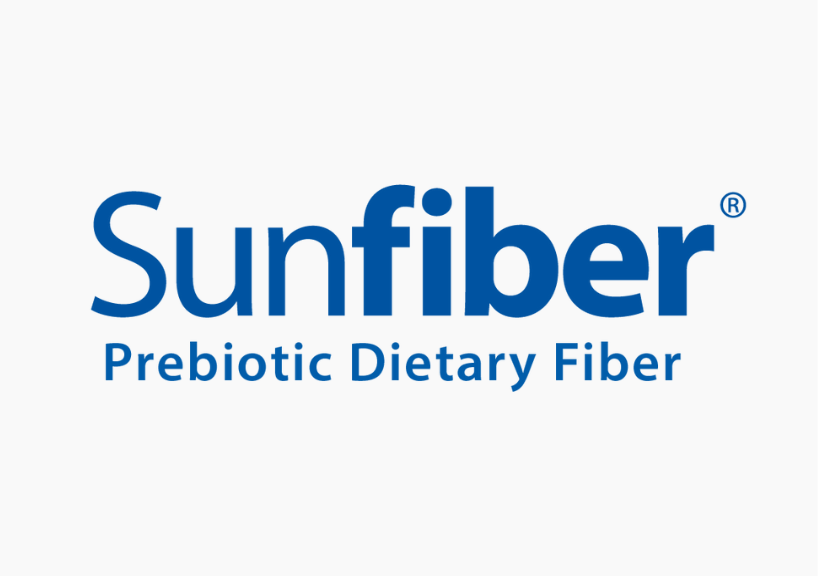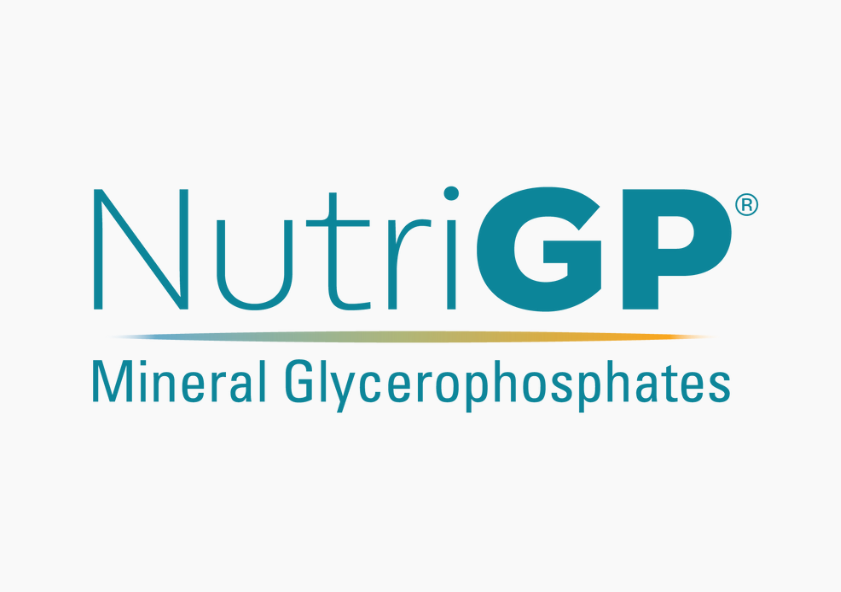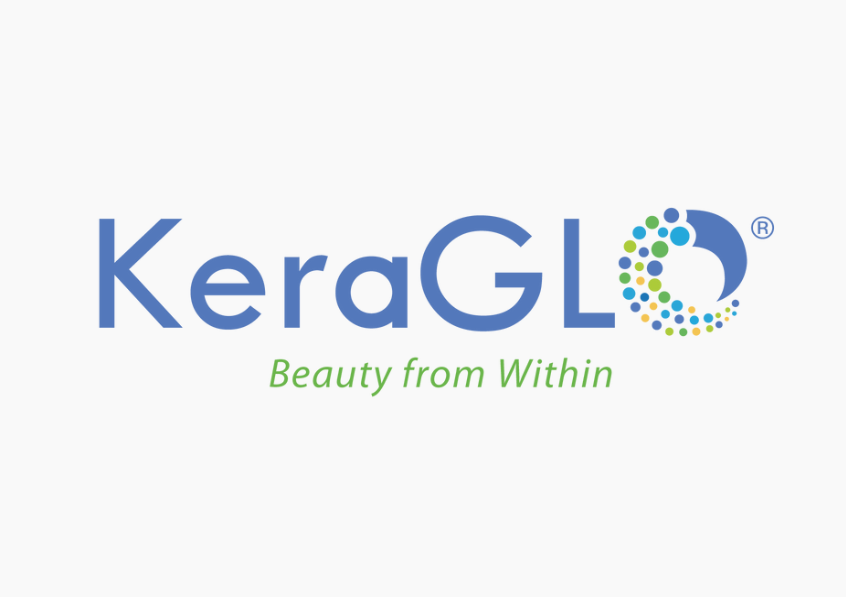Forms of Lutein
There are two forms of lutein – lutein esters and free lutein. Lutein is a carotenoid – it is a yellow-colored antioxidant pigment, is fat-soluble and is in the class of carotenoids called xanthophylls (which means it carries an oxygen molecule). Both lutein forms naturally occur in plants and deliver lutein that is beneficial to the body. Free lutein is a xanthophyll carotenoid with hydroxyl groups at either end of the molecule. A lutein ester has a fatty acid ester substituted at one or both hydroxyl groups. Typical naturally occuring fatty acid esters are lauric, myristic and palmitic acid esters. Free lutein is the form of lutein mostly found in foods, while lutein esters are found mostly in plants such as marigold. Naturally derived lutein is commercially extracted from marigold flowers. The natural form in the marigold flower is the lutein ester. Free lutein is converted from lutein ester in marigold by saponification. Eye support dose levels are based on free lutein or free lutein equivealents.
Lutein and zeaxanthin have identical chemical formulas and are isomers. The only difference between them is in the location of the double bond in one of the end rings. The difference gives lutein three chiral centers whereas zeaxanthin has two.
Mechanism of Action
Lutein is important because it has strong antioxidant properties. It can scavenge peroxide free radicals and can promote direct antioxidant activity [1]. Because of its unique chemistry and structure, lutein can immerse itself in fatty brain cell membranes, crossing between the cell’s exterior and interior environments. This stabilizes cell structures and protects against oxidative stress from inside and outside the cell [2]. The link between lutein and eye health was first reported in 1994 [3]. Since then, numerous studies, including the well-known AREDS II study [4], have shown a strong correlation between lutein intake and eye health. In particular, lutein is known to improve and even prevent age-related macular disease, which is the leading cause of vision impairment and blindness.
Bioavailability
Both forms of lutein are used interchangeably for eye health products; however, there are physiological differences that may manifest themselves in how they are absorbed by the gut. Absorption (or bioavailability) seems to be controversial, with some studies showing that the lutein ester form is better absorbed [6], while others showing the free lutein form better absorbed [7], and yet others showing no difference [8]. In either case, the end product is free lutein in the blood because lutein esters are hydrolyzed in the gut.
Conclusion
Lutein helps to support eye health and may help reduce the risk of progression to advanced age-related macular degeneration (AMD). Both Lutein and zeaxanthin are found in the main part of the retina responsible for clear vision which may help to improve visual performance with prolonged screen use in healthy individuals. Lutein and Zeaxanthin have also been shown to benefit cognitive health in all age groups, from infants to late adulthood.
Click here to learn more about Free Lutein (XanMax®), and here to learn more about Lutein Esters (OptiLut®) options.
References
-
Gao, Shasha et al. “Lutein and zeaxanthin supplementation reduces H2O2-induced oxidative damage in human lens epithelial cells.” Molecular Vision vol. 17 (2011): 3180-90
-
Widomska J, Zareba M, Subczynski WK. Can XanthophyllMembrane Interactions Explain Their Selective Presence in the Retina and Brain? Foods 2016;5(1)
-
https://www.ncbi.nlm.nih.gov/pubmed/7933422
-
Age-Related Eye Disease Study 2 (AREDS2) Research Group (2014). JAMA Ophthalmol. 132: 142-149
-
https://en.wikipedia.org/wiki/Lutein
-
https://academic.oup.com/jn/article/132/12/3668/4712124
-
https://www.ncbi.nlm.nih.gov/pubmed/21677121
-
https://www.ncbi.nlm.nih.gov/pubmed/27273910
-
https://cdn.technologynetworks.com/ep/pdfs/lutein-esters-are-more-bioavailable-than-free-lutein.pdf
